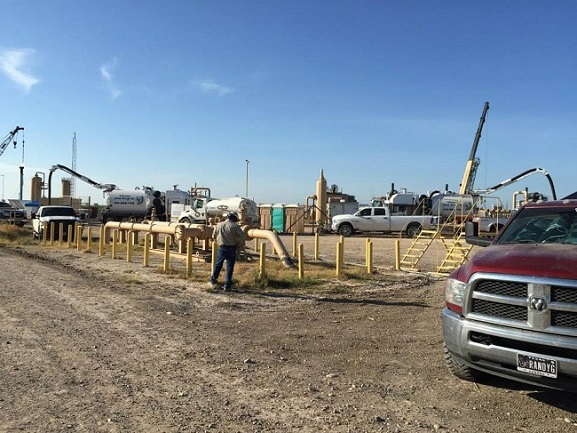Advantages of Vacuum Excavation
The process of vacuum excavation is a process wherein an excavating test hole is compressed with a great deal of air in order to loosen the dirt. A system is used to take in the soil by way of a tank. The procedure is considered a safe technique and is, relatively-speaking, one of the safest methods of excavating. It is used as a way to properly expose a utility. Many companies involved in excavation have made use of the process. It is a fact, that most companies making use of air vacuuming have reported a high success ratio. Many excavations have been executed where the utility underneath the ground has not received any damage whatsoever.

The equipment used includes a source for the power, air and vacuum systems, tanks for the soil, demolition and drilling tools which are driven by air, and, naturally, control systems. The components housed on the air vacuum truck are safely mounted.
The advantages of what is termed as test pitting, also known as vacuum excavation are numerous. Test pitting is the way excavation companies expose a utility. The list below provides the reader with the advantages of vacuum excavation pertinent to verification.
- One feature, and pointed out above, is that the utility receives no damage whatsoever.
- Secondly, no moving parts make contact with the utility being exposed.
- The process is usable on all utilities. Utilities where vacuum excavations are used include: gas, thermal distribution systems, water, power, and communications inclusive of fiber optics.
- A small hole used in the process is standard. The hole measures only twelve inches by twelve inches.
- Vacuum excavation, by its very nature, is far less disruptive and is relative to a much safer and cleaner work site.
- The cleaner, quieter method of vacuum excavation makes the entire environment free of traffic congestion.
- The process allows for an easy patch–either permanent or temporary.
- Due to its simplicity, vacuum excavation provides the client with a very cost-effective means of exposing a utility.
The application in way of vacuum test pitting for verification of a utility is practical during the design stage as well as the planning stage. Critical information is obtainable, necessary for proper design and project planning. The process provides a reduction of undue surprises. In turn, delays during the phase of construction are minimized as well as associated costs.
Utilities which conflict with new installations are moved successfully and placed in service prior to construction. The proposed design, additionally, is changeable in order to correspond properly with conditions verified within the field.
When the depth of a utility is not properly determined during the design phase, then making use of vacuum testing, during construction, serves as a preventative measure in that it blocks cost-prohibitive damage to occur to the existing utilities. There are advantages, too, of using vacuum test pitting during the construction phase:
- The vacuum excavation procedure is a safe way to expose a utility just as it is safe during the verification phase
- The utility suffers no damage from the process;
- It is possible to expose the utility, prior to excavation of it, with a backhoe or a trencher
- The utilities can be verified and profiled prior to boring operations.
In order to get the ball rolling, it makes sense to get a hold of professionals. Interested parties will wish to contact us in order to attain more details about the operational aspects of vacuum excavation.
